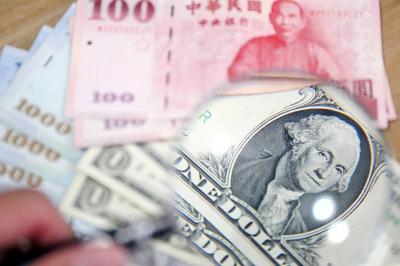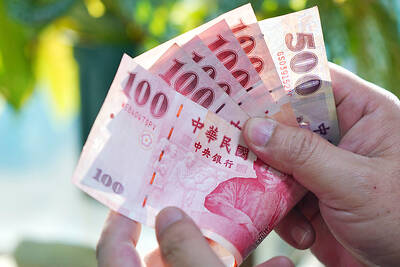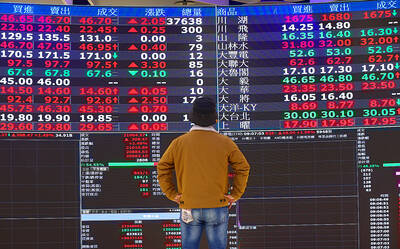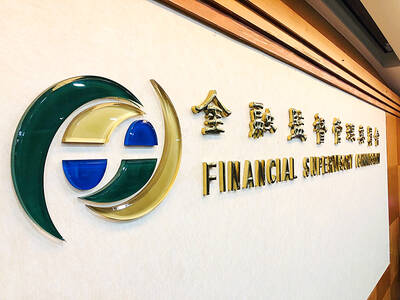Thousands of Brazilians took to the streets Friday in cities across the country, protesting high unemployment and interest rates despite recent signs that South America's biggest economy is turning around after its worst recession in a decade.
Several thousand people marched kilometers down Avenida Paulista in Sao Paulo, the Wall Street of Brazil's financial and industrial heart, in the biggest show of force by union members, unemployed workers and landless peasants.
Demonstrators trying to pressure President Luiz Inacio Lula da Silva to keep his promises of job creation and redistribution of wealth also protested in Rio de Janeiro, the capital of Brasilia and other major cities in Latin America's largest nation.
"It's tough to live in a country that's so big and rich in resources without hope," said Cesar Manuel Silva, a 65-year-old laborer who hasn't had regular work in five years. "We need big changes because we're all sons of God, but we don't have enough money for bread."
Friday's protests came as the government reported industrial job growth in May for the first time in more than a year. That came on top of recent reports showing strong increases in industrial output and first-quarter economic growth of 2.7 percent.
But protesters said the pace of the recovery is too slow. Most said they still support Silva, a former metalworker's union leader who became Brazil's first elected leftist leader.
But they are disappointed his administration opted for a conservative fiscal policy aimed at reigning in inflation and prompting slow, sustainable growth for the first time in the country's history.
"I voted for him, but I was expecting a quicker recovery," said Creusa Pereira Goncalves, a 44-year-old unemployed auto worker who brought her 12-year-old son to the protest to carry a flag demanding more jobs. "It's better to have jobs with high inflation than no jobs."
Brazil's economy shrank 0.2 percent and unemployment shot up to over 13 percent after Silva took office last year and his administration imposed a series of interest hikes to control inflation.
The economy is expected to grow between 3 percent and 4 percent this year, but unemployment still stands at 12 percent and is nearly 20 percent in Sao Paulo, the country's largest city.
After raising the benchmark Selic interest rate to a whopping 26 percent last year, Brazil's central bank has lowered it to 16 percent this year. But rates for business and consumer loans are much higher, which stifles growth.
Unions that organized Friday's protests are threatening to stage a general strike to paralyze the country if the Selic rate isn't lowered significantly over the summer, said Luiz Claudio Marcolino, president of a union representing 106,000 bank workers in Sao Paulo.
"Interest rates of seven or eight percent would be reasonable for Brazil," he said. "That sort of reduction would prompt the economy to grow. How can it when you have to pay 100 percent interest to buy a refrigerator?"
In Brasilia, protestors marched to the Finance Ministry and burned an American flag emblazoned with the initials of the International Monetary Fund.
Under the guidance of Finance Minister Antonio Palocci, Brazil in November signed an extension of its US$34 billion IMF loan. American and IMF officials have praised Palocci and Silva's administration for sticking to a loan requirement for Brazil to post an annual budget surplus before interest payments of 4.25 percent of GDP through 2007.
Critics of the IMF accord say the budget surplus requirement is onerous and is preventing growth. In practice, meeting the target involves cutting federal spending by the equivalent of more than US$20 billion this year, money that could be spent on health, education and public works.

The US dollar was trading at NT$29.7 at 10am today on the Taipei Foreign Exchange, as the New Taiwan dollar gained NT$1.364 from the previous close last week. The NT dollar continued to rise today, after surging 3.07 percent on Friday. After opening at NT$30.91, the NT dollar gained more than NT$1 in just 15 minutes, briefly passing the NT$30 mark. Before the US Department of the Treasury's semi-annual currency report came out, expectations that the NT dollar would keep rising were already building. The NT dollar on Friday closed at NT$31.064, up by NT$0.953 — a 3.07 percent single-day gain. Today,

‘SHORT TERM’: The local currency would likely remain strong in the near term, driven by anticipated US trade pressure, capital inflows and expectations of a US Fed rate cut The US dollar is expected to fall below NT$30 in the near term, as traders anticipate increased pressure from Washington for Taiwan to allow the New Taiwan dollar to appreciate, Cathay United Bank (國泰世華銀行) chief economist Lin Chi-chao (林啟超) said. Following a sharp drop in the greenback against the NT dollar on Friday, Lin told the Central News Agency that the local currency is likely to remain strong in the short term, driven in part by market psychology surrounding anticipated US policy pressure. On Friday, the US dollar fell NT$0.953, or 3.07 percent, closing at NT$31.064 — its lowest level since Jan.

The New Taiwan dollar and Taiwanese stocks surged on signs that trade tensions between the world’s top two economies might start easing and as US tech earnings boosted the outlook of the nation’s semiconductor exports. The NT dollar strengthened as much as 3.8 percent versus the US dollar to 30.815, the biggest intraday gain since January 2011, closing at NT$31.064. The benchmark TAIEX jumped 2.73 percent to outperform the region’s equity gauges. Outlook for global trade improved after China said it is assessing possible trade talks with the US, providing a boost for the nation’s currency and shares. As the NT dollar

The Financial Supervisory Commission (FSC) yesterday met with some of the nation’s largest insurance companies as a skyrocketing New Taiwan dollar piles pressure on their hundreds of billions of dollars in US bond investments. The commission has asked some life insurance firms, among the biggest Asian holders of US debt, to discuss how the rapidly strengthening NT dollar has impacted their operations, people familiar with the matter said. The meeting took place as the NT dollar jumped as much as 5 percent yesterday, its biggest intraday gain in more than three decades. The local currency surged as exporters rushed to